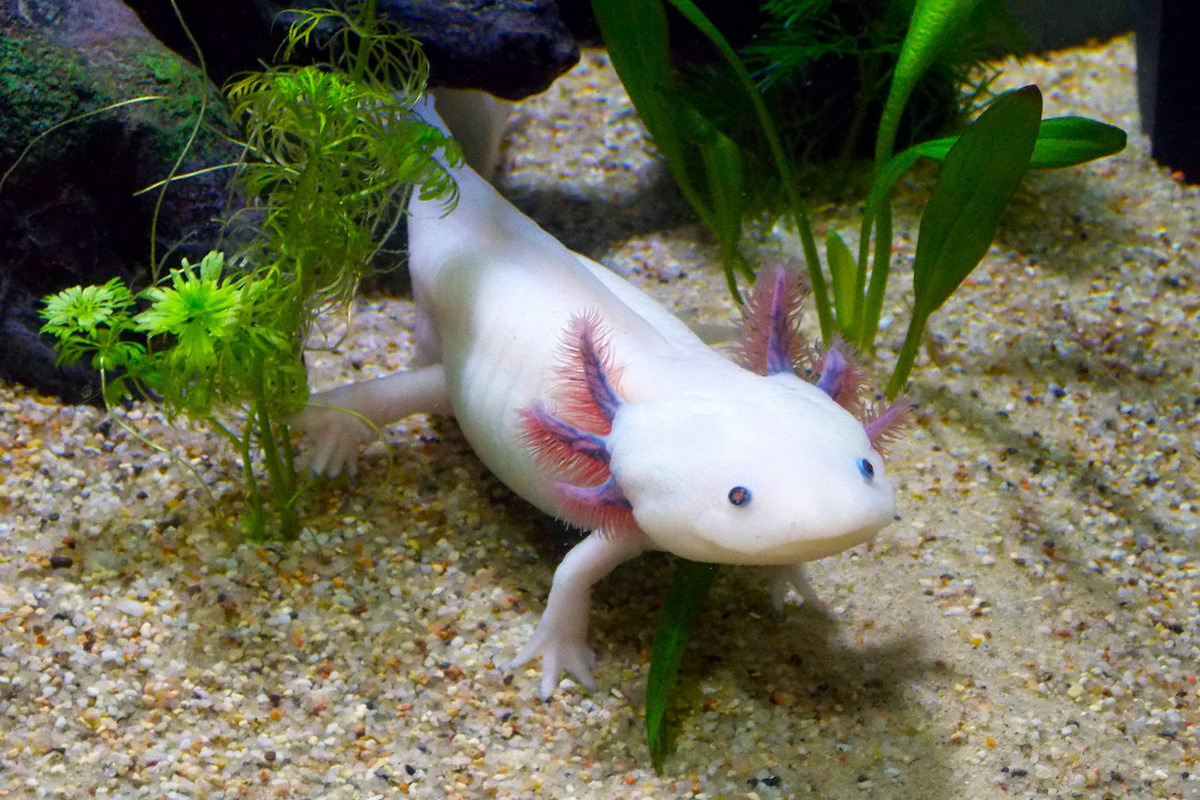Dragons live next to us: they can be kept in an aquarium
[ad_1]

To celebrate the New Year in the company of a living dragon – to the surprise of the vast majority of our fellow citizens, this turns out to be possible. There were creatures on the planet before and now living who, “according to their passport,” have the right to be called that way.
Hey dragons – oh! Where were you hiding?
Zoologist Vyacheslav Erin agreed to help in the search.
– First, let’s go to Indonesia. There, on Komodo Island and several neighboring landmasses, you can encounter a monster that can strike fear into an unfamiliar visiting traveler. This is a Komodo dragon. Well, or in another way – a Komodo dragon.
Outwardly, the animal resembles a well-known portrait of an ordinary lizard, but the size… This is the largest lizard of all existing now. The length of the monster can reach 3 meters and weight – 80 kilograms. The dragons that have settled in Indonesia are formidable predators. They have great strength and have a huge, toothy mouth that can inspire respectful awe.
As Erin said, other modern dragons prefer to live in an aquatic environment.
In the company of these “cuteies” there is, for example, a sea dragon (according to official terminology – Great sea dragon, Trachinus draco) – a species of predatory sea ray-finned fish. These creatures live in the coastal waters of the Eastern Atlantic, the Mediterranean and even the Black Sea, so dear to Russians. Alas, those who expect an external resemblance to a fairy-tale dragon will be disappointed in this case. These dragons, being fish, demonstrate precisely their features. An elongated streamlined body ranging from 13 centimeters to half a meter in length, compressed on the sides and covered with scales. There are no wings or paws, but there are two poisonous spines – on the dorsal fin and on the gill cover. The sea dragon uses its poison to hunt prey – small fish and crustaceans. It is not fatal to humans, but can cause pain at the injection site and an unpleasant allergic reaction.
Citizens who are especially imbued with the “dragon” meaning of the coming year have the opportunity to shelter a very unusual dragon-like living creature in their home. It is called differently – an aquarium lizard, a water dragon, a mole salamander… In reference books this phenomenon is called an axolotl. It is a “neotic larva of amphibians from the ambystomaceous family of the order Caudate.”
An unusual feature that the axolotl demonstrates is that such a larva – unlike the same butterflies, beetles, dragonflies – is capable, under certain conditions, of maintaining its appearance, that is, remaining at the same stage of development, without developing into an adult, even able to reproduce. The axolotl also has the enviable ability to regenerate: if injured, it can regrow a lost tail or appendage on its head.
His appearance is also amazing. The length of the dragon is 20-30 centimeters, color – from black and gray to green and brownish-brown. Four legs, like a lizard, on a flattened head – a wide “smiling” mouth, dark beady eyes. On the sides of the head there are three pairs of appendages, giving their owner a rather menacing appearance. And all this “horror” can even be bought for 1-3 thousand rubles, depending on the size.
From living dragons, let’s move on to fossil dragons.
The “master” of the coming year, as we know, will be a dragon with very specific material characteristics: green, wooden. But in the distant past, a creature lived on Earth, which has now received the unofficial name “blue dragon”.
As reported in the Journal of Systematic Palaeontology, according to research conducted by scientists, this prehistoric inhabitant of the planet was one of the species of mosasaurs – waterfowl reptiles that were the main marine predators during the Cretaceous period of the Mesozoic era (145-66 million years ago). The aquatic “dragon” had impressive dimensions – about 4 meters, and a very unusual appearance: the body was similar to a dolphin, the muzzle was like that of a crocodile, a long tail, a dorsal fin and huge hind legs. The authenticity of just such a portrait was confirmed by a discovery made not long ago by Japanese paleontologists. On the island of Honshu, near a river valley, they discovered for the first time an almost complete fossil of such a creature, which lived in the ancient oceans.
Although in official scientific terminology this predator is given the name Megapterygius (large-winged) wakayamaensis, for convenience it was given a “common name” in honor of the blue water dragon from Japanese mythology.
[ad_2]
Source link








